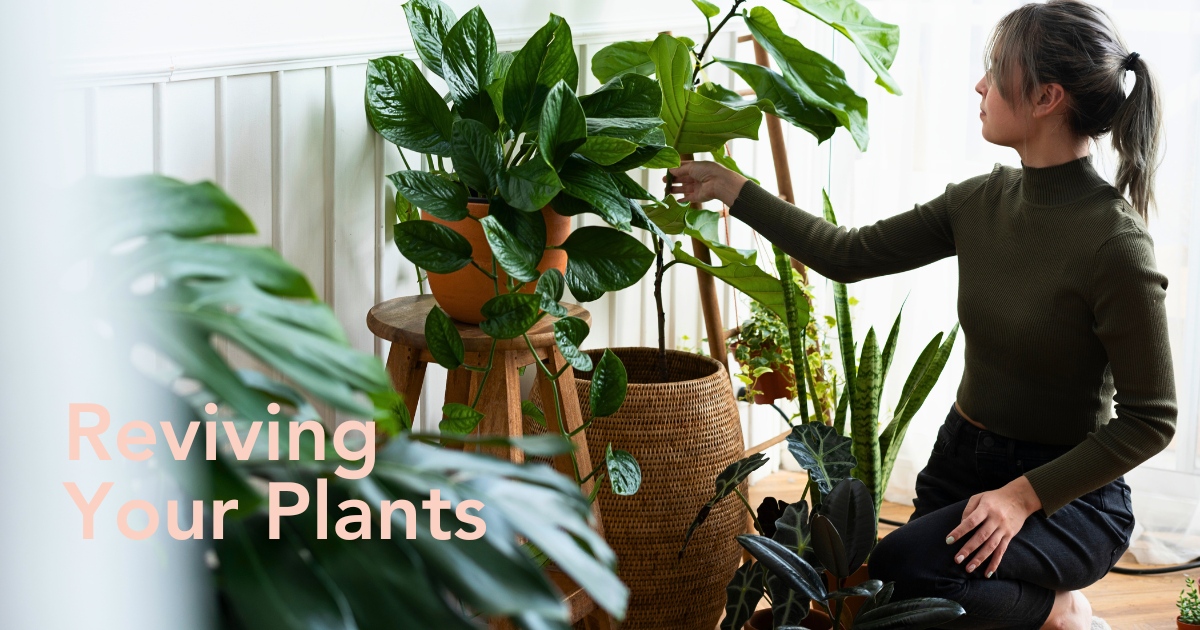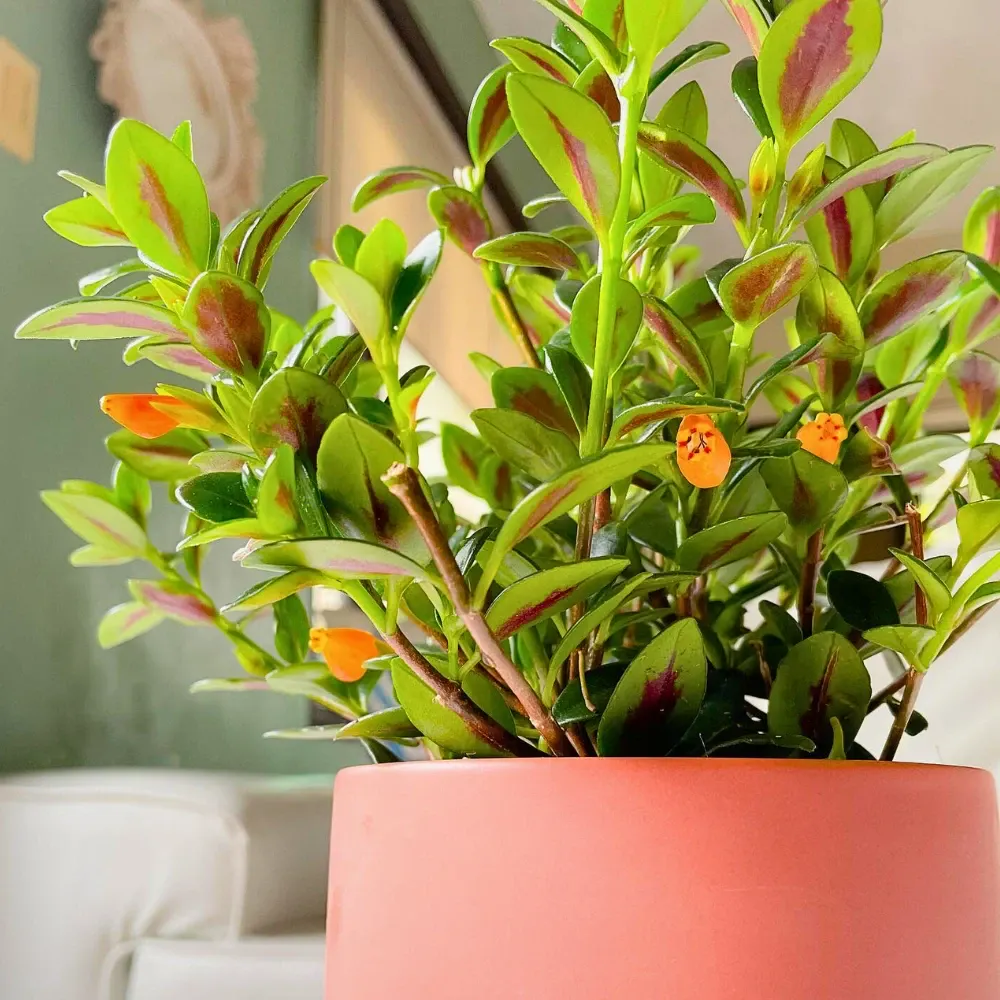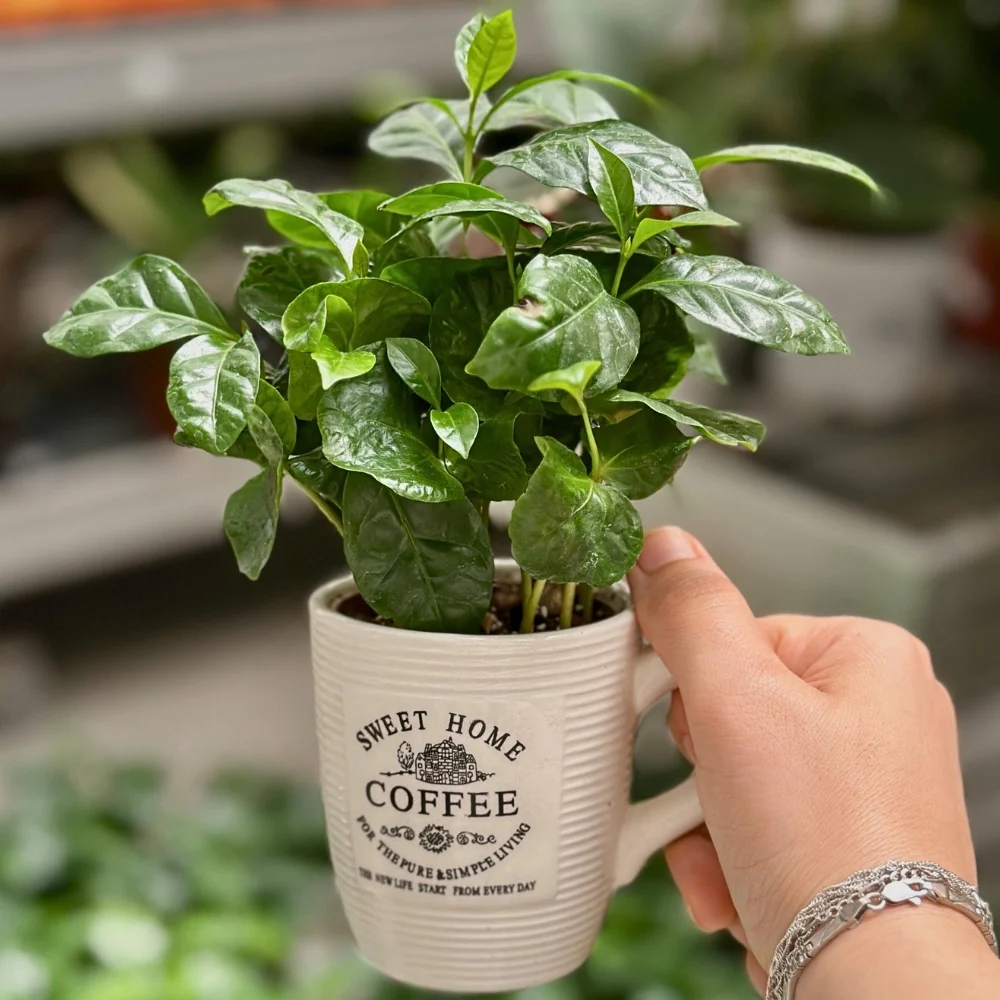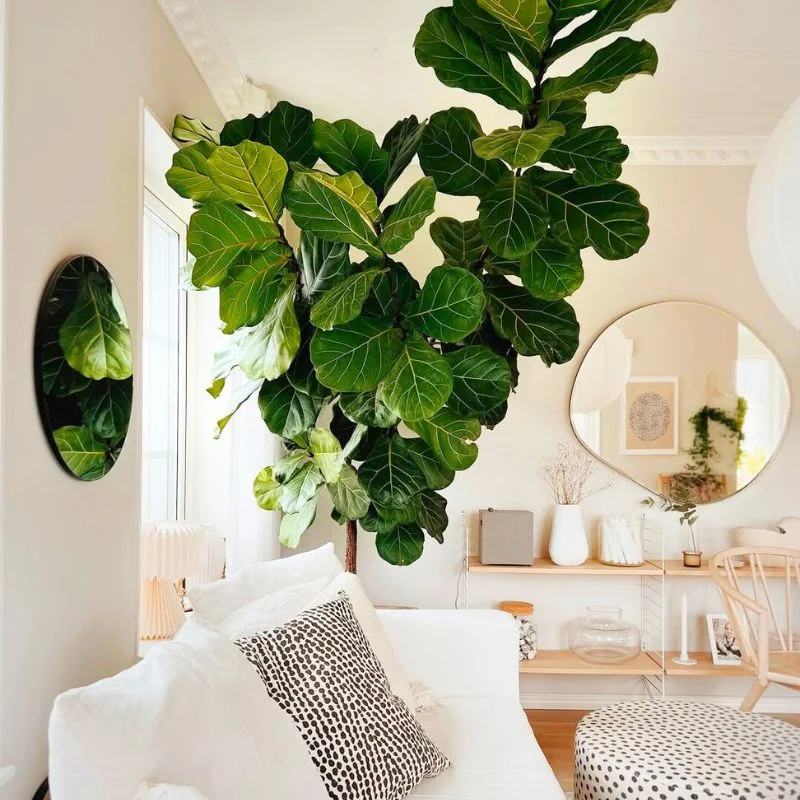If a plant is really, truly a goner, you'd better hope for some magic to help. Is that so? Not quite. Appearances can be deceiving, so even if a plant looks dead, it doesn't mean that it is. But many plants that look dead can be resuscitated when you act fast and effectively. So, what can one do to revive a dying plant?
Plant Resuscitation, or How to Revive a Dying Plant
Here's a shortlist of what you can try to revive a dead plant.
First, Find Out if the Plant Is Actually Dead
How? Easy, look for signs of life. Just because your plant looks dried out doesn't mean it is beyond saving. Check stems and roots for signs of life. The leaves should be flexible and firm, and the roots should be greenish on the inside. If your plant has turned brown and lost some leaves, don't give up on it just yet.

There is hope of reviving a dying plant if it still has a few green leaves and flexible stems. Buds are a good sign, too. If so, you can start hoping to revive your plant, and you may find soft and brittle stems and roots in your plant's pots. Then it looks like your plant is beyond saving.
You might want to check the following article for some inspiration and choose one of the best healthy house plants. Looking for continuously personalized tips for your houseplant? Join social media groups for plant lovers. Having eliminated the plant assassins amongst us, let's continue with the following reviving hacks.
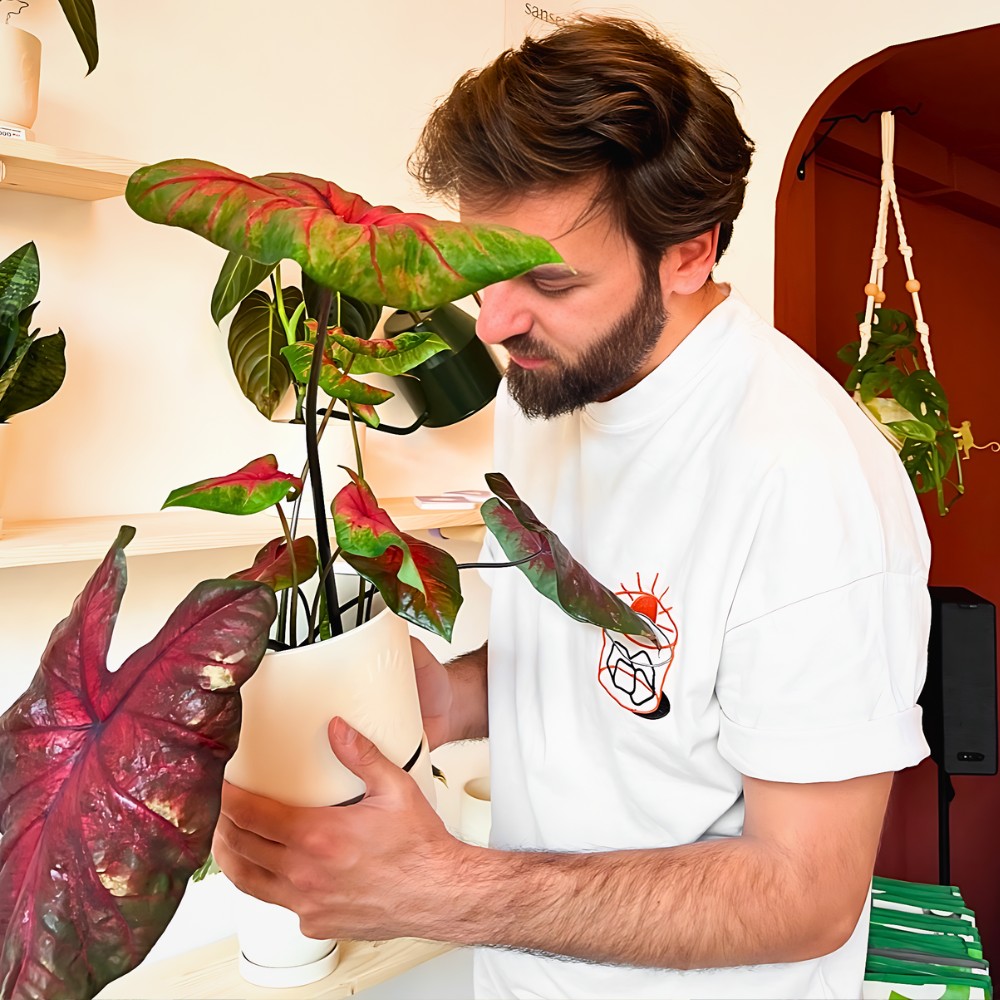
Prune Away Dead Foliage
At this stage, it's important to get rid of the dead parts. The plant can then use all its energy for the parts that are still alive and kicking. Start by trimming all the dead parts first. Do the same with the stems, one bit at a time, until you see signs of green. If the stems are completely dead but the roots are still intact, leave bits (about 5 cm) of stem intact above the soil. When your plant revives, the new stems will sprout from these old stems.
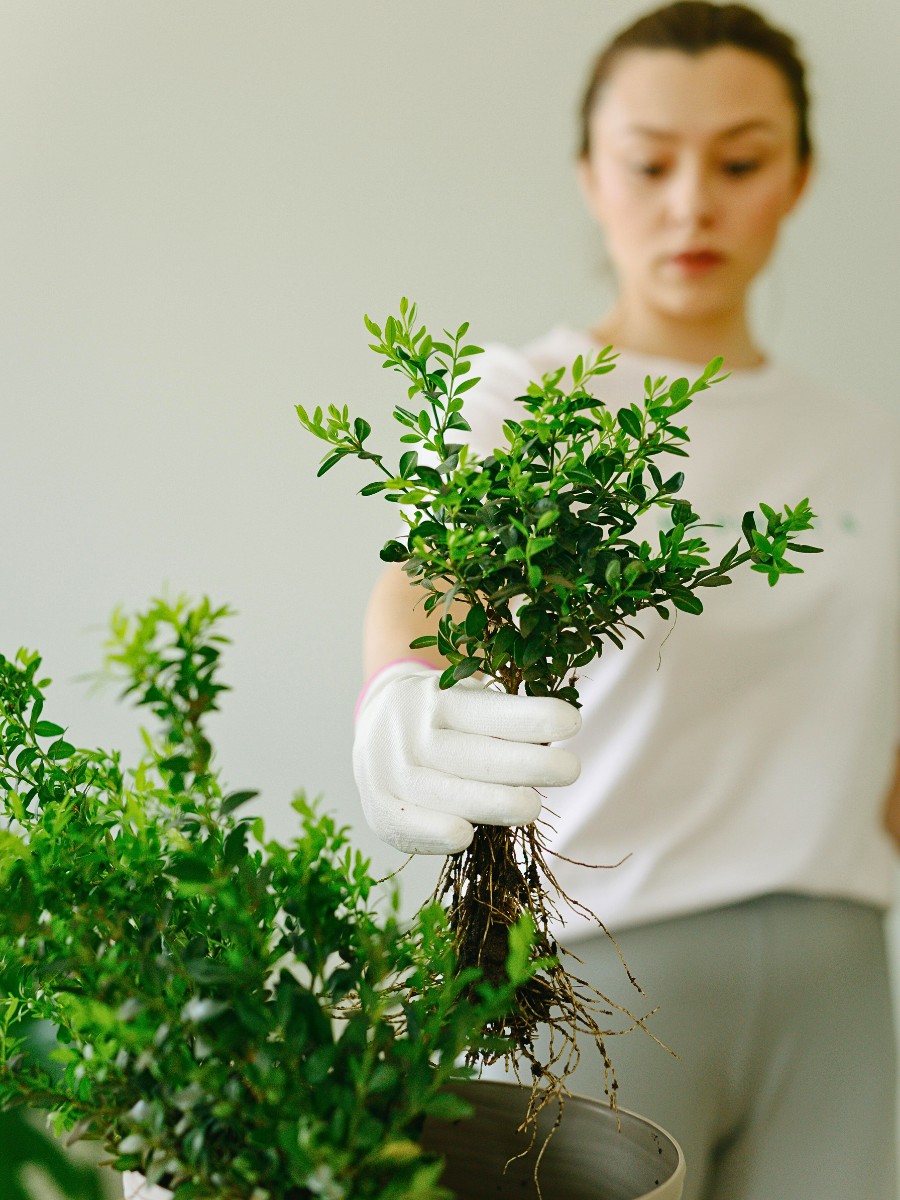
Diagnose the Problem
There are several reasons why your plant is dying, so you need to find the reason first. Consider all the possibilities and keep the following in mind: yellowing, hanging leaves can indicate too much water. Dry, brown leaves and stems may indicate too little water.
Scorched or transparent leaves? Too much or too little sun. Deformed or nibbled leaves signal pests or diseases. Let's walk through the reasons your plant is dying below to help you find the right plant resuscitation tools.
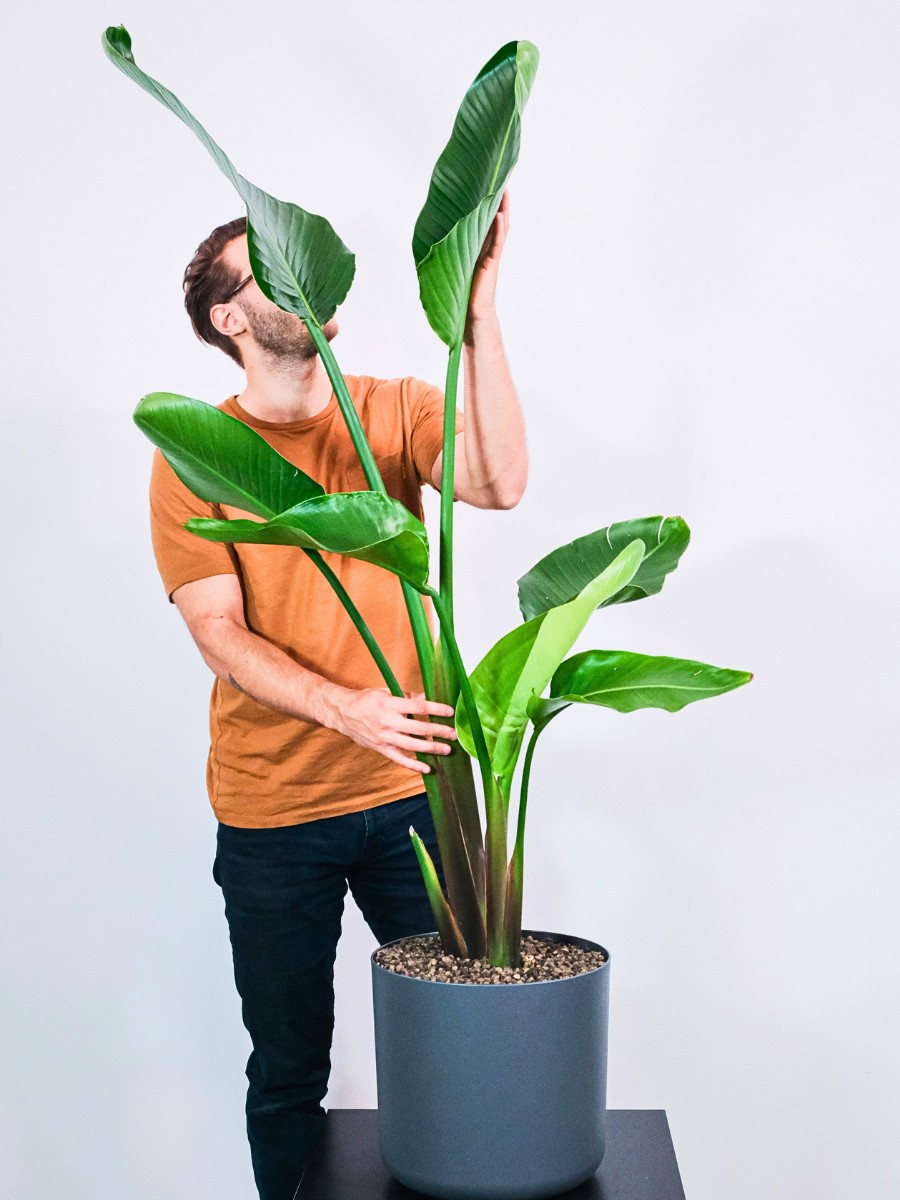
Thirsty Plant or Soggy Soil
A thirsty plant is a sad plant. A plant's pot is its home, so first dig around in the soil for signs of dehydration. If the soil is dry, compact, and cracked, inadequate water is probably the issue. This kind of damage can be corrected quickly if you catch it in time.
It is easy to rehydrate dry plants. Pour water into the plant's pot until it runs freely from the drainage holes in the bottom. After that, hose or spray down all remaining stems and foliage. Plants take in water through their leaves and roots.
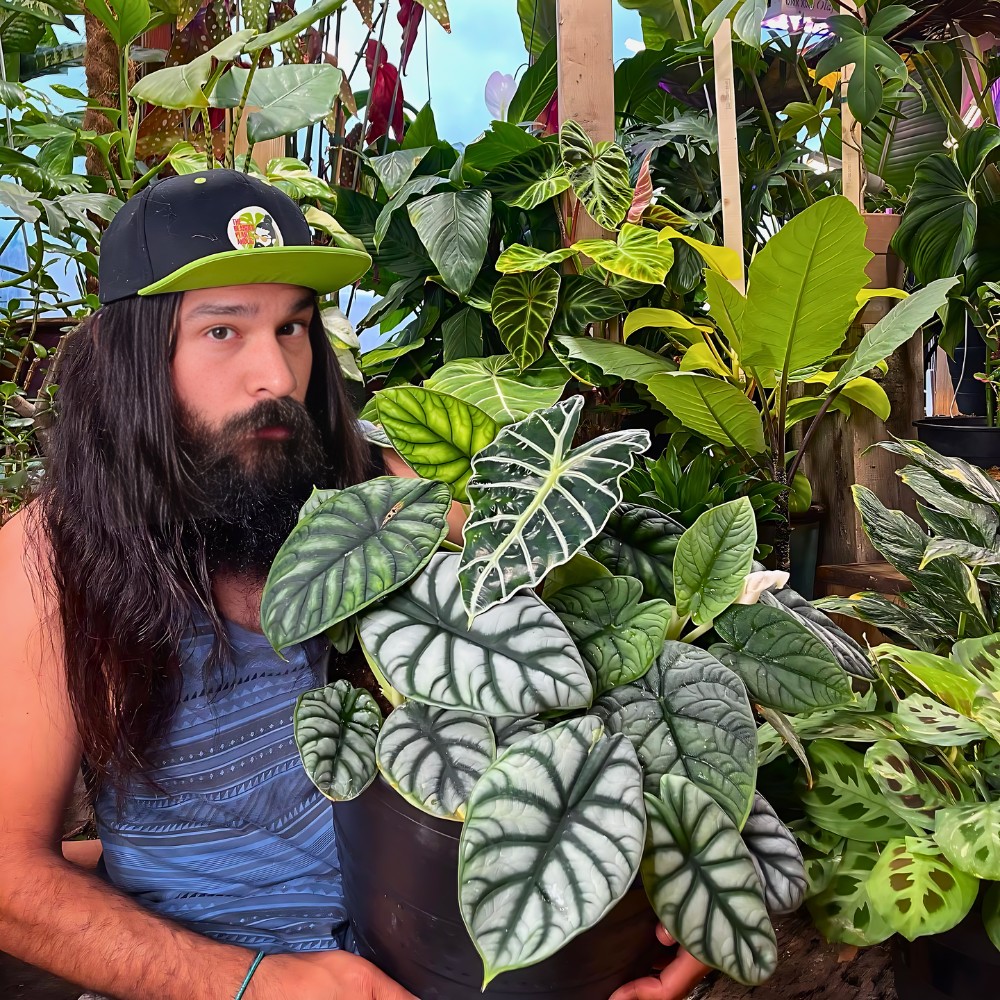
Let the soggy soil dry out. If the container soil is wet to the touch even though you haven't watered in a while, the plant is suffering from excess water caused by overwatering or poor drainage. Stop watering immediately and let the soil dry out. Check the pot's drain holes. If your pot's drainage is inadequate, it's time to transplant.
Provide Humidity
If you tend to forget to water your plant regularly, watering alone might not help it recover. By moving it to a humid spot, out of direct sunlight, the plant will absorb moisture through its leaves.
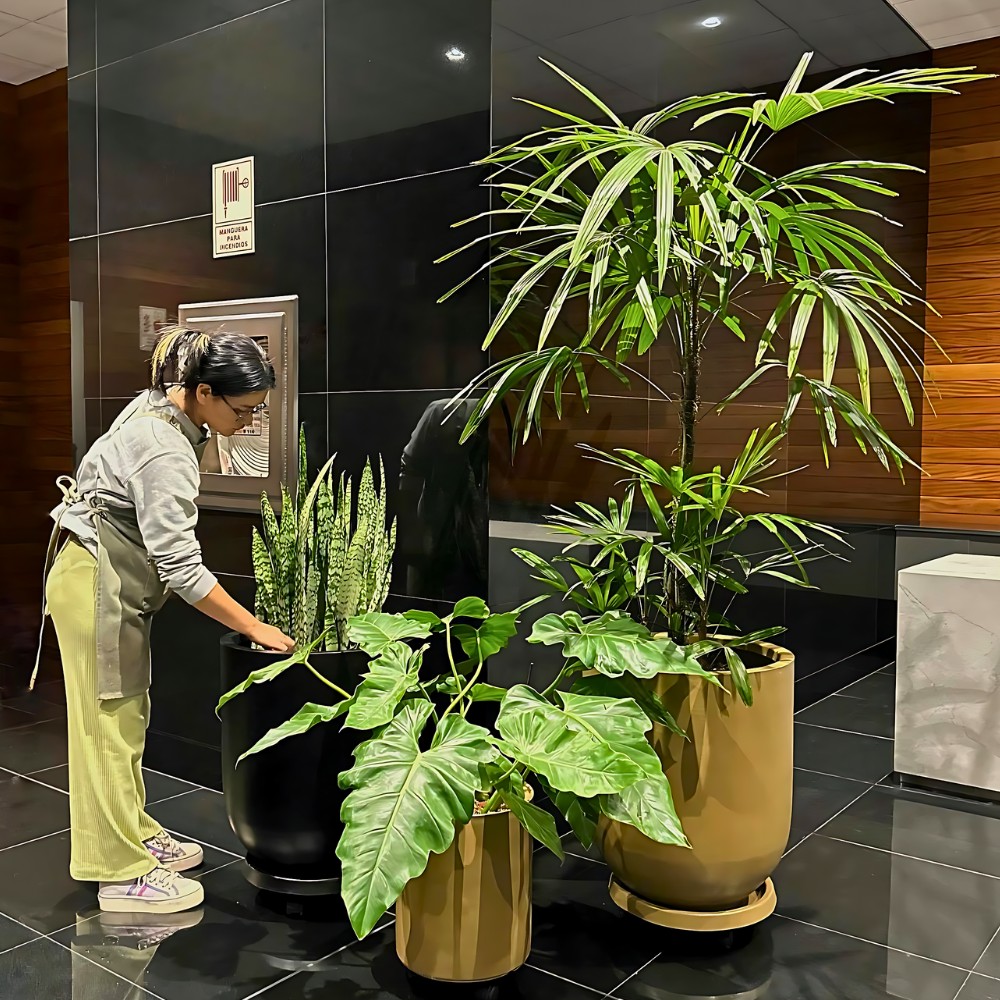
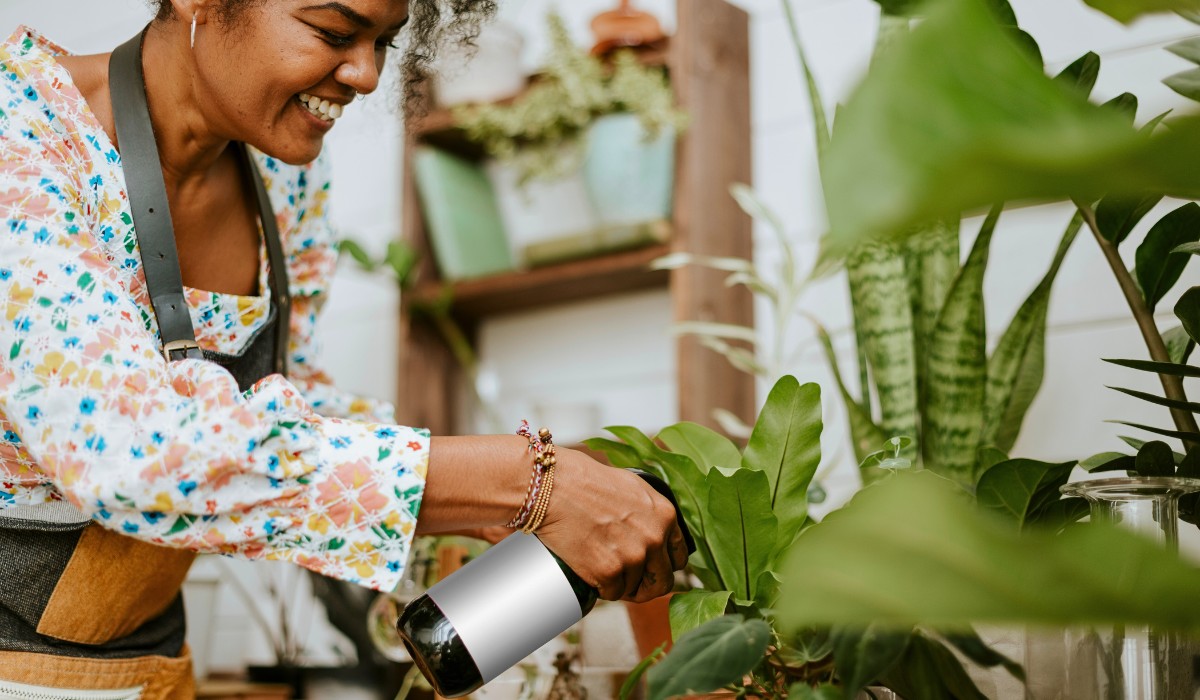
Adjust the Sun Exposure
Some plants require lots of light to grow. Some need direct sun, some indirect sun, and some shade. Pale leaves and weak stems are the result of a plant that hasn't seen enough sunlight. Its growth will be stunted. Move the plant into an appropriate location if it requires more sunlight.
Hold Off on the Fertilizer
It may be tempting to boost your plant with fertilizer while you're at it, rescuing your fading green friend. But while the plant is struggling, the fertilizer may damage the tender roots. Wait a bit until the plant has recovered.

Get a Bigger Pot
If your potted plant is dying, you might want to consider giving its roots some more space. Well-drained, fertile soil in a larger pot will do wonders for your plant and help it grow. Gently remove the plant from its container. If you see more roots than soil, or roots coiling around the inside of the pot, it is time for a bigger container. Over time, most plants outgrow their pots. Sometimes, all it takes to revive a dead plant is a little repotting.
Get Rid of Pests or Diseases
Check for signs of pests, such as abnormal growth, curled-up leaves, or discolored leaves with holes. And check for any bugs that shouldn't be living in your green plant. Mix a mild soap solution with water to get rid of most pests.
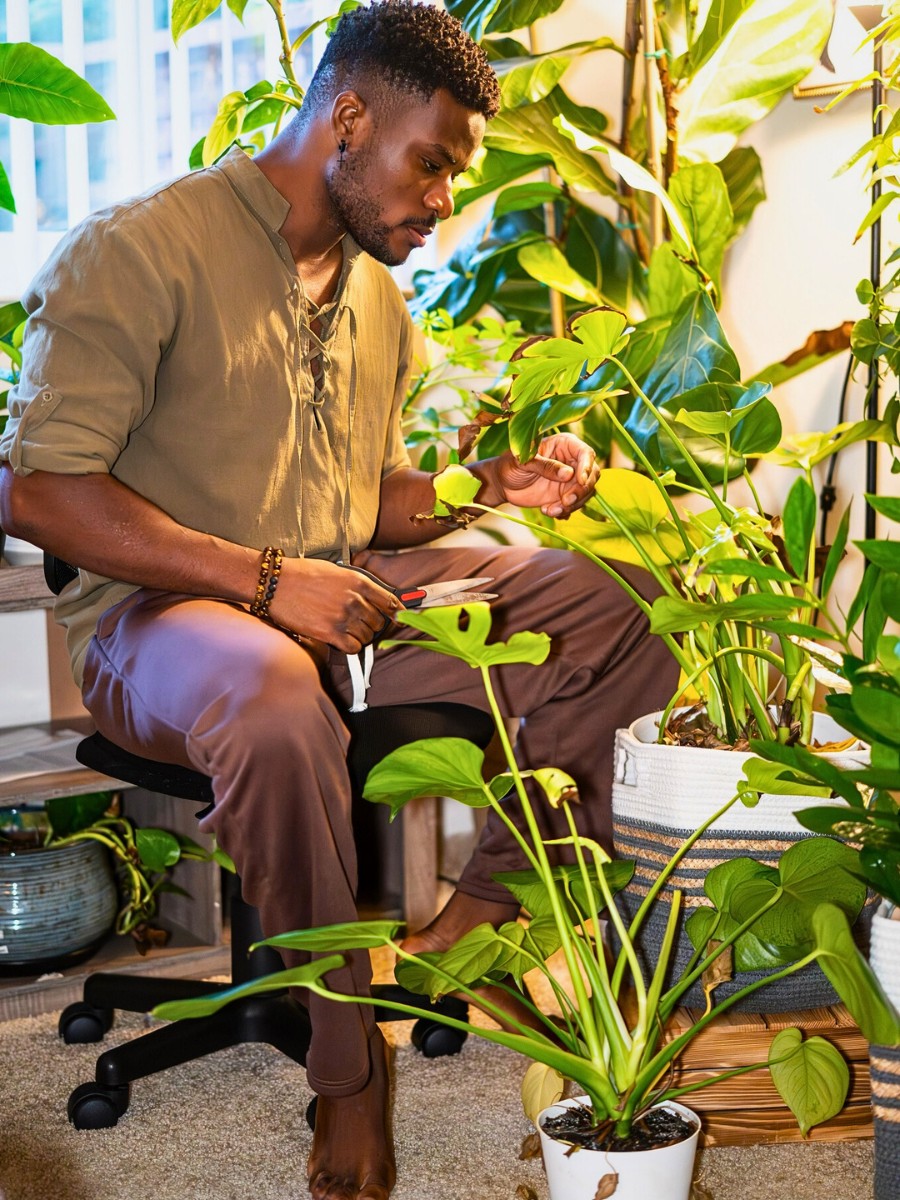
However, if you suspect that your plant has fallen prey to disease, ask a plant expert to identify it and learn how to treat it. Diseases can include powdery mildew, root rot, and leaf spot. In both cases, make sure to isolate the plant from your other plants so that the pest or disease doesn't spread.
So, here's how you can revive a few specific dying plants.
How to Revive a Dead Croton Plant
Croton plants are sensitive to environmental changes. If your croton is dying, check for proper lighting first. Crotons need bright, indirect light. Look for signs of underwatering (crispy, brown leaves) or overwatering (yellowing, drooping leaves). Prune dead foliage, adjust watering, and ensure the plant is in a warm, humid environment. Crotons also need consistent care, so avoid moving them frequently.
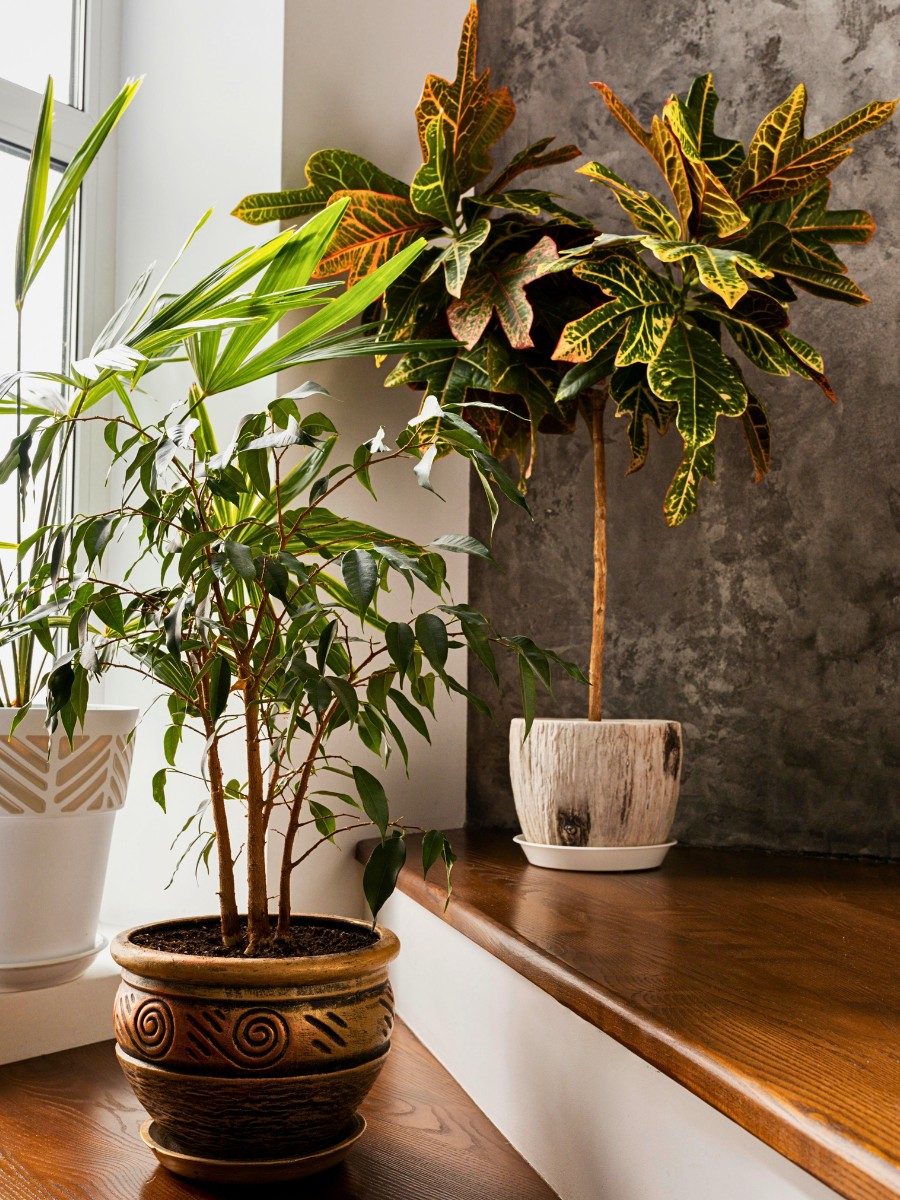
How to Revive a Dead Air Plant
Air plants (Tillandsia) are unique because they don't need soil. If your air plant looks dead and brown, try soaking it in room-temperature water for 4 to 12 hours. After soaking, shake off excess water and place it in a spot with bright, indirect light and good air circulation. If the center is still green, the plant may recover. Air plants need weekly watering (misting isn't enough) and should dry completely within 4 hours after watering to prevent rot.

It Never Hurts Your Plant to Try
Plant resuscitation is not always successful, especially if it has gone too far. However, it doesn't mean that plants that look dead can't get new life. Whether you're learning how to revive a dead plant, how to revive a dying plant, or trying specific techniques for particular species, it never hurts to at least try. You might just have what it takes to bring dead plants back to life before it's too late!
Feature image by @sansever_ian. Header image by rawpixel.com.

